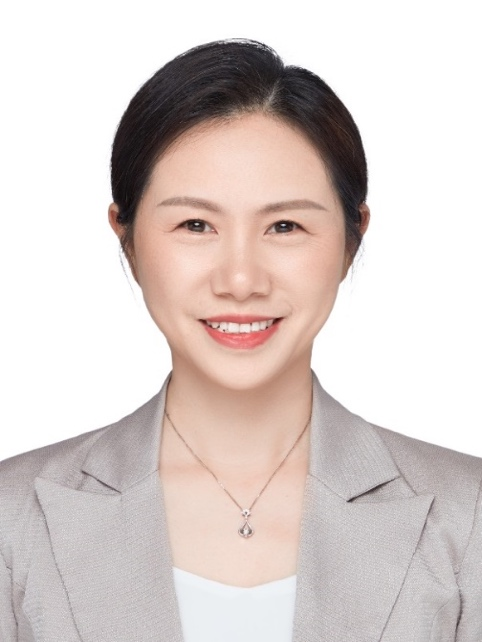Clinical Study on the Treatment of Diabetic Retinopathy (Qi-Yin Deficiency Type) with the Method of Soothing the Liver, Harmonizing the Spleen, and Opening the Orifices
Abstract
Objective: To observe the clinical efficacy of the method of softening the liver, harmonizing the spleen, and unblocking the orifices in the treatment of Xiaoke Neizhang with Qi and Yin deficiency type. Methods: Seventy-two patients with Xiaoke Neizhang of qi and yin deficiency type were selected from March 2024 to May 2025 and divided into a treatment group and a control group with 36 cases each according to the random number table method. The treatment group was treated with the method of softening the liver, harmonizing the spleen, and unblocking the orifices, which included oral administration of Softening the Liver and Harmonizing the Spleen Pills combined with iontophoresis of Xuesaitong Injection. The control group was treated with oral administration of calcium dobesilate capsules. Both groups were treated for 2 courses, and multiple indicators such as visual acuity, fundus condition, and TCM syndrome scores were compared between the two groups. Results: The total effective rate of the treatment group was higher than that of the control group. There were significant differences in visual acuity, fundus condition, and TCM syndrome scores between and within the groups (P < 0.05). Conclusion: The method of softening the liver, harmonizing the spleen, and unblocking the orifices has a definite clinical effect in the treatment of Xiaoke Neizhang with Qi and Yin deficiency type. It has a direct effect, is painless, easy for patients to accept, and has high clinical application value.
References
Zheng X, 2002, Guiding Principles for Clinical Research on New Drugs of Traditional Chinese Medicine. China Medical Science and Technology Press, China.
Peng Q, 2021, Ophthalmology in Chinese Medicine (11th Edition). China Traditional Chinese Medicine Press, China.
Ge J, Wang C, Wang J, 2024, Internal Medicine (10th Edition). People’s Medical Publishing House, China.
Li J, Li X, Gao Y, et al., 2019, Research Progress on the Compatibility Application and Modern Pharmacology of Chaihu (Bupleurum)–Baishao (Paeoniae Radix). Journal of Liaoning University of Traditional Chinese Medicine, 21(7): 8–12.


